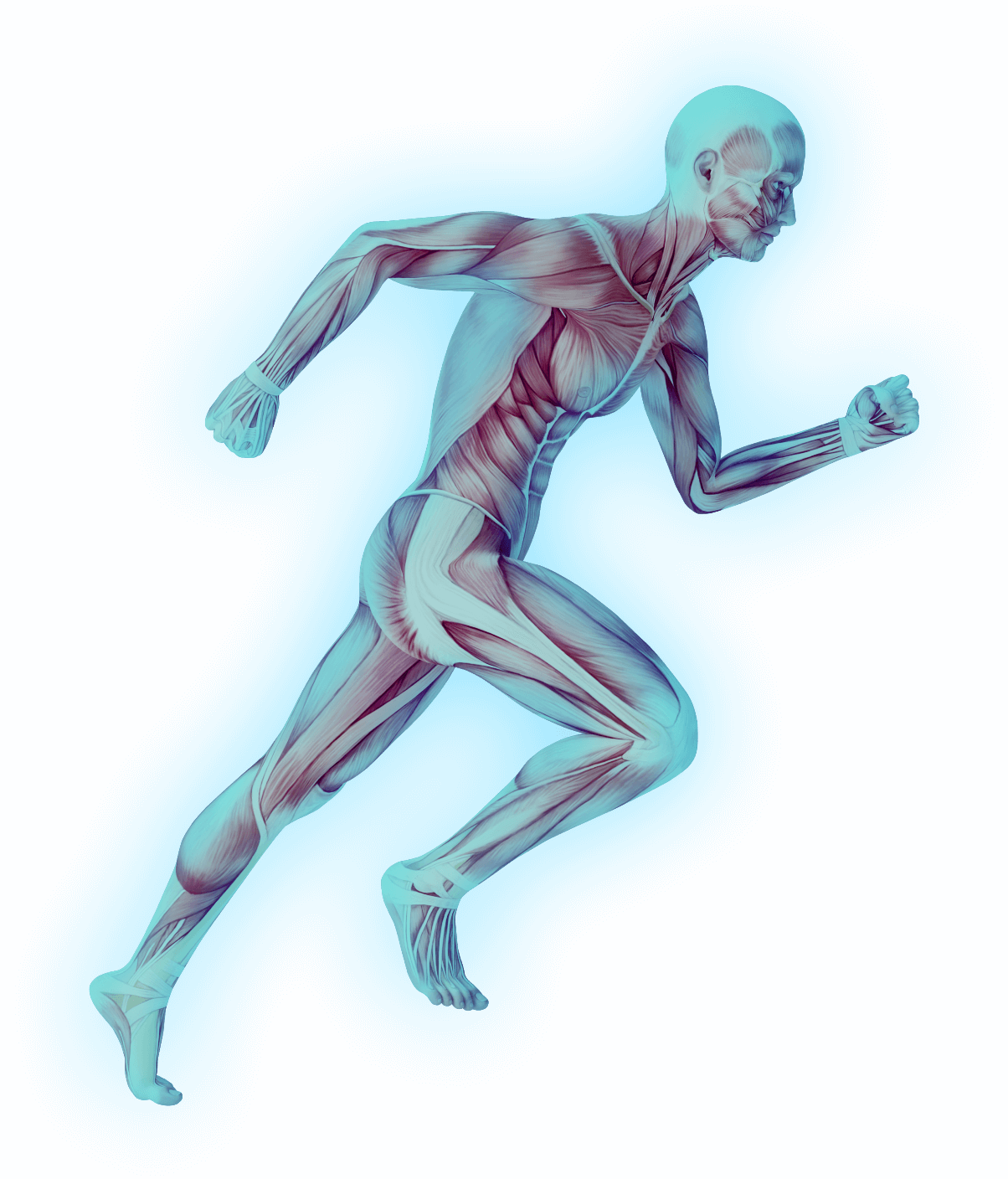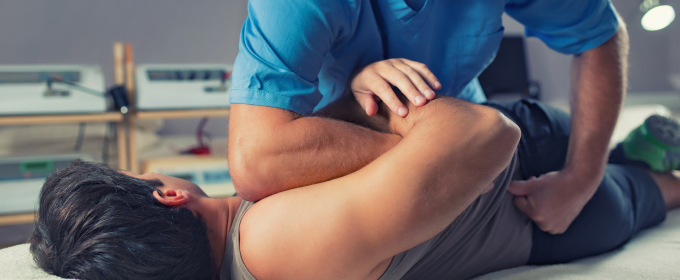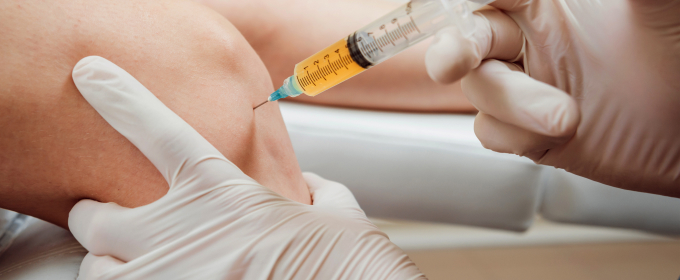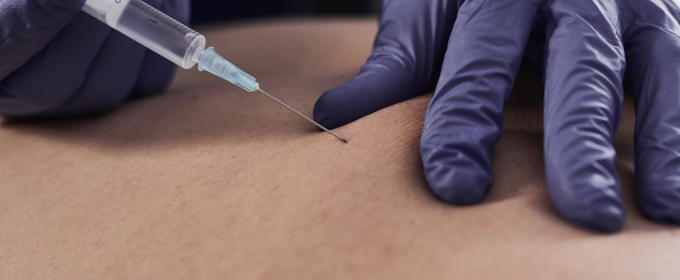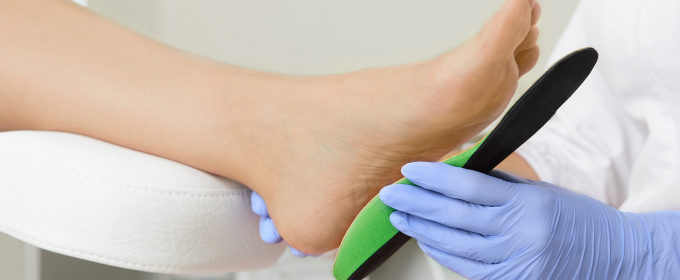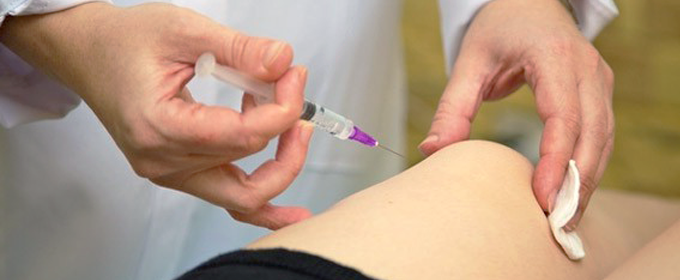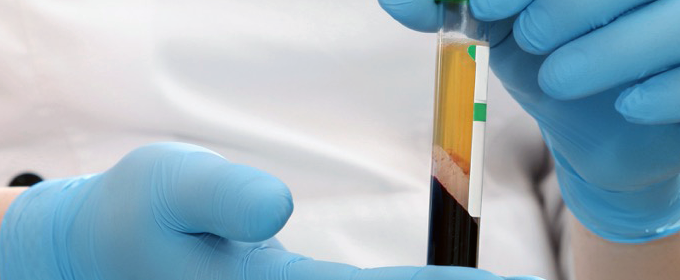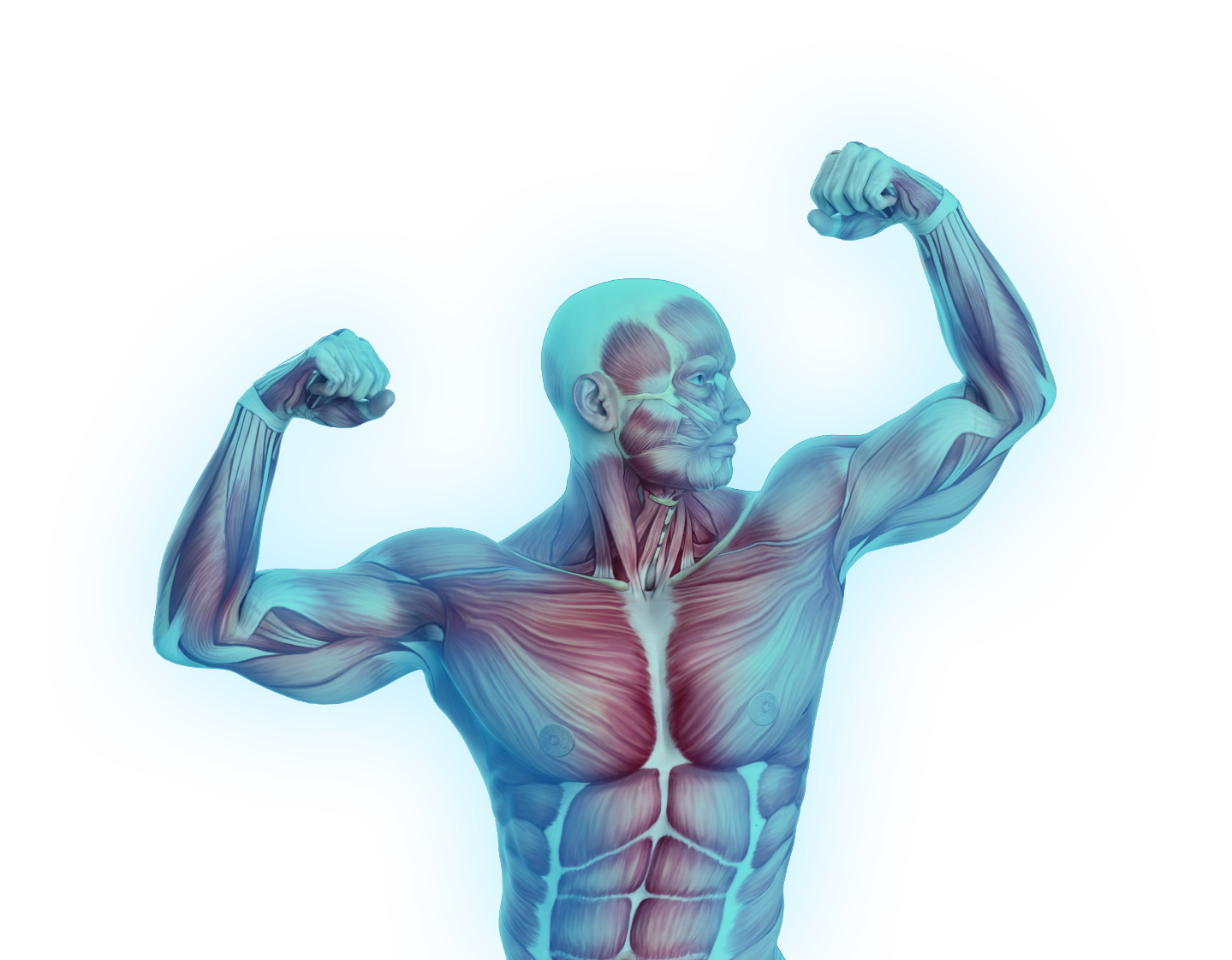The shoulder actually consists of three joints – not just one:
-
Glenohumeral Joint – the major shoulder joint that you automatically think of
-
Acromioclavicular Joint – and
-
Sternoclavicular Joint
Each of these joints needs to be carefully considered and examined when there is overall shoulder pain or dysfunction – especially when there has been some direct trauma. Additionally, pain or dysfunction of the shoulder joint is often associated with injury of the cervical neck and head musculoskeletal structures. Often identified as a Rotator Cuff injury, shoulder sprain is very common. Components of the glenohumeral shoulder joint that are most at-risk for sprain injury include:
-
Muscle tendons of the Rotator Cuff
-
Supraspinatus muscle tendon
-
Infraspinatus muscle tendon
-
Subscapularis muscle tendon – and
-
Long head of the Biceps muscle tendon
-
Anterior, inferior, posterior, and superior capsular ligaments – sprain injury of these ligaments can result in chronic, recurrent shoulder dislocation
-
Coracoclavicular ligament
-
Coracoacromial ligament – or
-
Joint labrum.
As with all other joint injuries, shoulder injury diagnosis should rely on a complete clinical history and functional physical examination.
Causes
-
Normal wear-and-tear
-
Poor posture
-
Repetitive occupational or sports joint strain and sprain – or
-
Direct sprain injury to the skeletal, muscle or ligament tissuesdue to a traumatic accident.
Often, these mechanisms of injury result in excessive joint hypermobility and subsequent wearing down or erosion of the joint articular cartilage producing the clinical symptoms and signs of osteoarthritis.
Treatment
Osteopathic Manual Therapy (OMT) can be helpful in mobilizing restricted shoulder joints.
Shoulder sprain injuries respond to Prolotherapy extremely well – especially if caught early in the injury process. Prolotherapy is directed to specific shoulder ligament or muscle tendon attachments – based on the patients’s history and findings on examination and X-ray.
Particular care needs to be taken as to how tendinous injuries are treated. If there is a significant tendon, ligament, or labral tear, Platelet-Rich Plasma (PRP) Therapy would be more appropriate.

